By Jackie Ayala, Staff Writer
Mon dieu! Parisian’s beloved museum, the Louvre, recently encountered an incident straight from a thriller movie – crown jewels belonging to French royalty were stolen in a rapid art heist committed early Sunday morning on October 19, 2025. The museum is one of Paris’s most popular tourist attractions as it hosts popular pieces such as Leonardo da Vinci’s “Mona Lisa;” the many beautiful paintings and sculptures weren’t the thieves’ objective, however. While the investigation is currently ongoing, let’s deep dive into what we know about the thieves’ strategies, the irreplaceable jewels they have stolen, and the real question of all this: how does one commit a crime like this in broad daylight?
The Heist
The heist began at around 9:30 a.m., thirty minutes after the Louvre opened to the public. Four thieves were at the site of the crime, using a truck-mounted basket lift– or a monte-meuble, in French – to climb up to the second floor of the Louvre’s Galerie d’Apollon, built in the 16th century. They used what investigators suspect was a disc cutter used for construction to cut through the windows while they were disguised as construction workers to blend in with the everyday morning crowd in Paris. Construction happens everywhere in a city where locals are always minding their own business, so no one would bat an eye at a couple construction workers. Knowing this, it wasn’t surprising to learn the robbers went unnoticed.
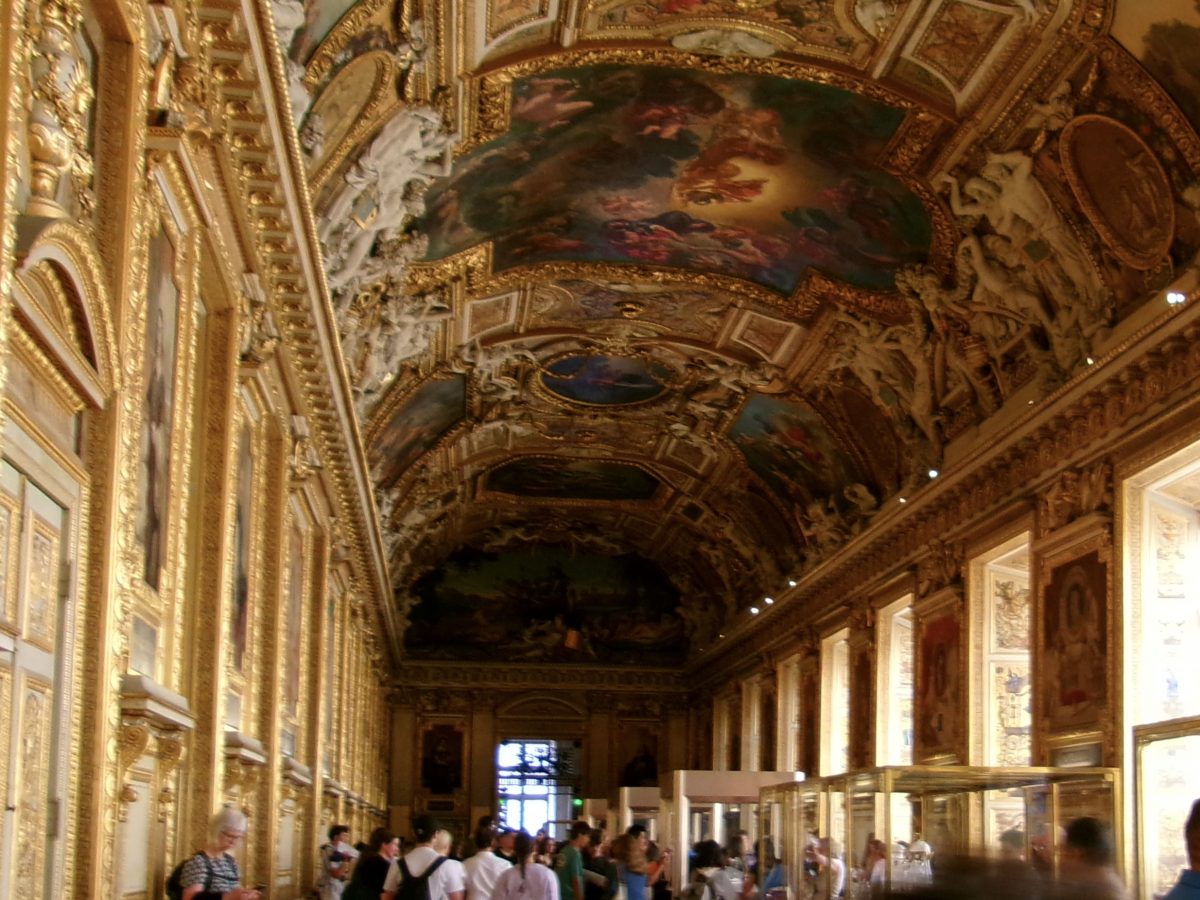
It’s important to note how easily the robbers managed to break in without being caught and how, in a matter of seconds, they broke through the window. With France’s strict regulations on repairing historic buildings, it shouldn’t come as a surprise to learn how easy it was for the thieves to get inside the gallery. Parts of the Louvre, including Galerie d’Apollon, fall under the title of “monuments historiques,” or historical monuments, which makes renovations difficult without the approval of the Louvre sector’s Architecte des Batiments de France (ABF). The ABF’s main focus is to preserve historical monuments as well as they can, controlling protected areas like the Louvre and its surroundings.
Due to the age of the buildings and the risk of repairs, monuments historiques are hardly approved for renovations at the risk of damaging the old architecture. The last renovation the museum had was in 1981 with the construction of the famous Louvre Pyramid right in the center of the museum. Even then, it didn’t go near the sections regarded as a monument historique but rather those that correlated with the modern additions to the building. We can only assume it’s been a long time since those windows were changed.
But what did witnesses see? Just four construction workers who were changing window panels on the building’s south side facing the Seine River. Videos show passers-by could see the basket lift outside, yet didn’t question what was going on once they saw the construction outfits they were wearing. With the Louvre being overrun with tourists from out of the country, they weren’t questioning what French construction workers were doing or how they did it. Not to mention, Paris is always growing and changing; it’s not unusual to see construction happening around the city.
The robbers managed to steal nine items from their glass display cases; in total, the items cost around 88 million euros. They let one artifact slip out in the process, however, as the crown of Empress Eugénie de Montijo was later recovered and found to be damaged after the robbers got away. Pictured below are the pieces the robbers managed to get away with:

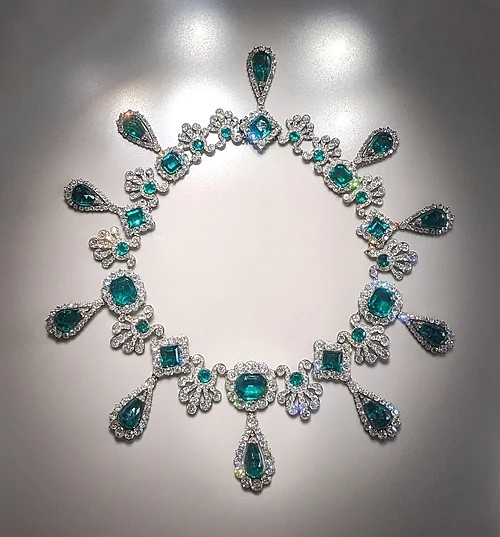
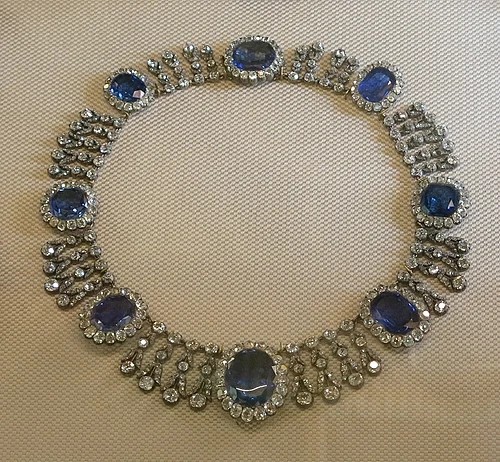
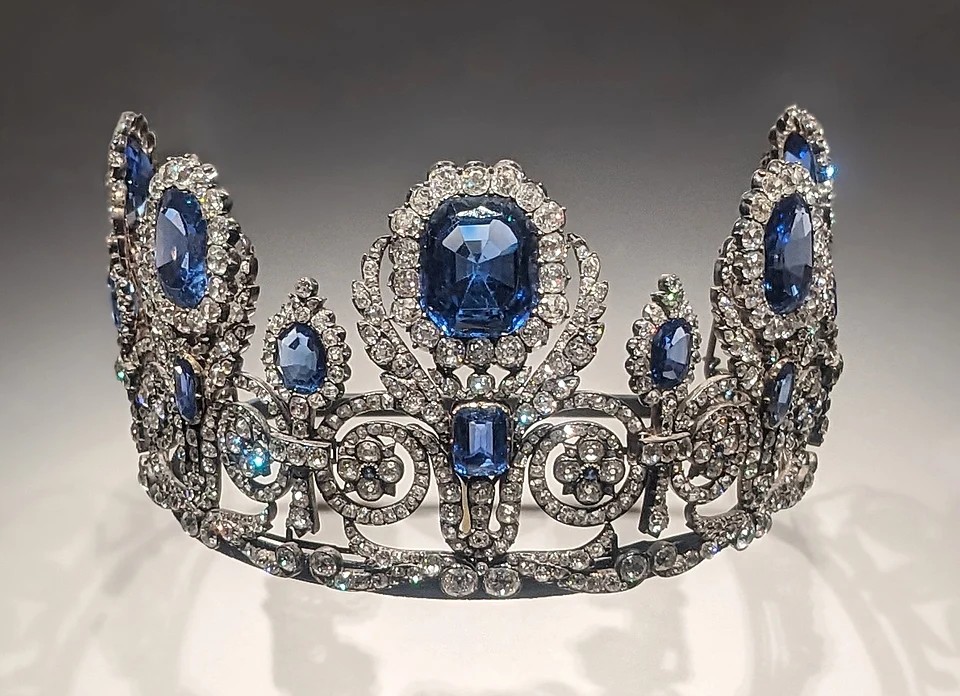

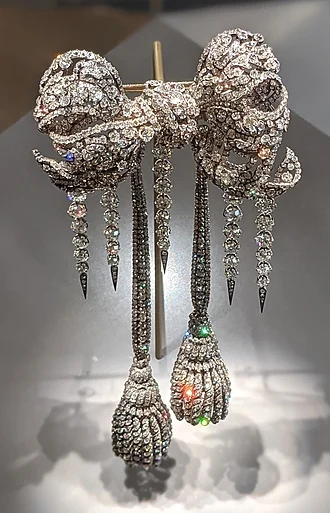
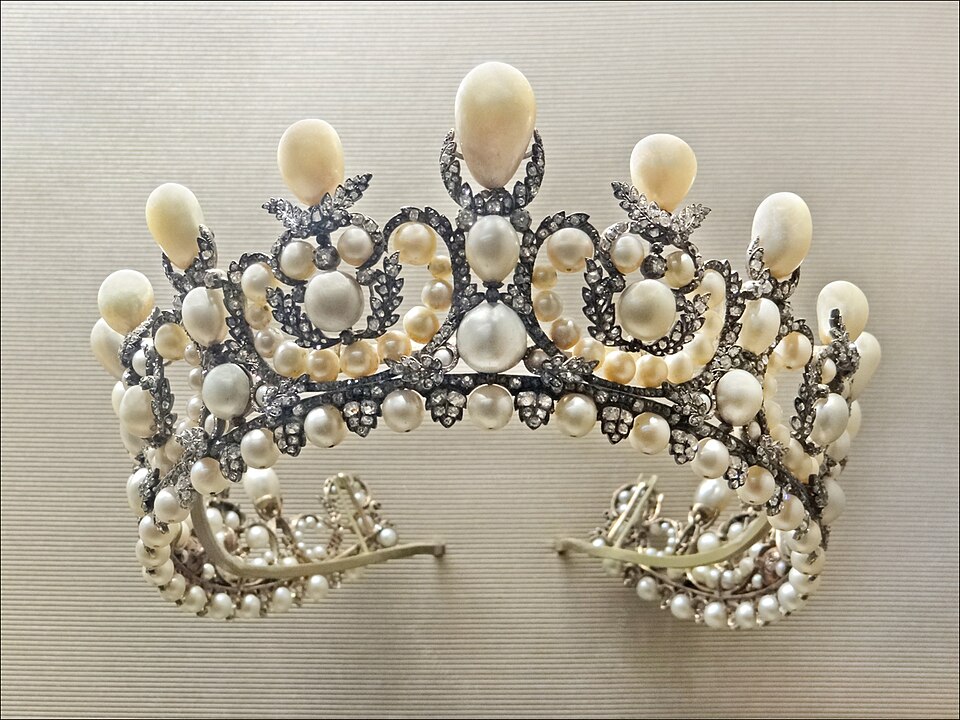
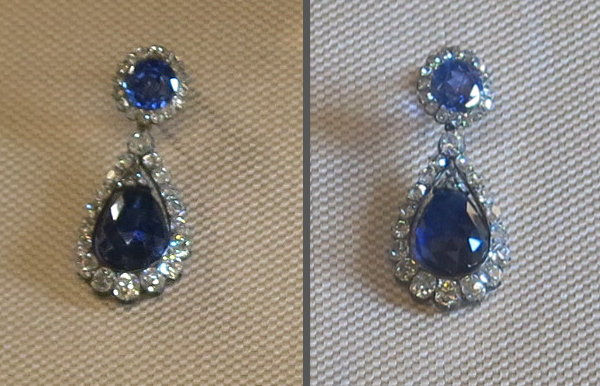
The thieves knew their agenda and what to steal. Once inside, the security alarms did go off but the robbers wasted no time; threatening the security guards of the Louvre with the power tools they used to break in, the thieves stole nine valuable pieces of jewelry from two of the glass display cases. The entire theft happened in approximately five minutes, after which they left through the window to meet the two others waiting on scooters so they could get away as fast as they could. The Louvre closed immediately afterwards, leaving many tourists disappointed they wouldn’t be able to see the valuable treasures inside. The total time of the robbery from start to finish was an estimate of seven minutes.
The robbery was extensively planned and there seems to be no doubt that they had the security of money beforehand; committing a heist as big as this would be highly unlikely without proper assurance of payment. But France’s senator, Natalie Goulet, believes otherwise, stating in a press release, “The jewellery will be cut up and sold and used as a money-laundering system.” While the possibility isn’t as likely as the robbers already having a buyer, there is still a chance for it to happen – with a heist like this, it can go both ways. But, the value of the jewels decrease once they get ripped apart, as the historical aspect of them is no longer part of its worth.
Security was scarce during the robbery outside of the few who were being threatened with the power tools. This has been a recent problem for the Louvre – staff members have been complaining about the overcrowded rooms and the understaffed museum. According to NBC news, employees even went as far as to go on strike over the “untenable” working conditions the Louvre has experienced recently. It’s hardly a surprise to see no one managed to stop the robbers with these conditions. After all, this isn’t the first time the Louvre has been robbed.
The beloved “Mona Lisa”, widely considered to be the star of the Louvre, was stolen in 1911. While the crown jewels were quickly noticed to be stolen, back then it took 28 hours for people to notice the “Mona Lisa” was missing. When people realized it was gone, the popularity of the painting was boosted overnight. The robber, an Italian handyman by the name of Vincenzo Peruggia, tried to sell the “Mona Lisa” just two years after the robbery (yes, the painting had been missing for two years) in the city of Florence. Alfredo Geri, the art dealer whom Peruggia was trying to sell the painting to, soon grew suspicious before alerting the authorities. In 1913, “Mona Lisa” was safely returned to the Louvre. In 1996, one artifact never got returned: the coronation diamond-studded sword of King Charles X. The item has not been found and remains missing from the museum.
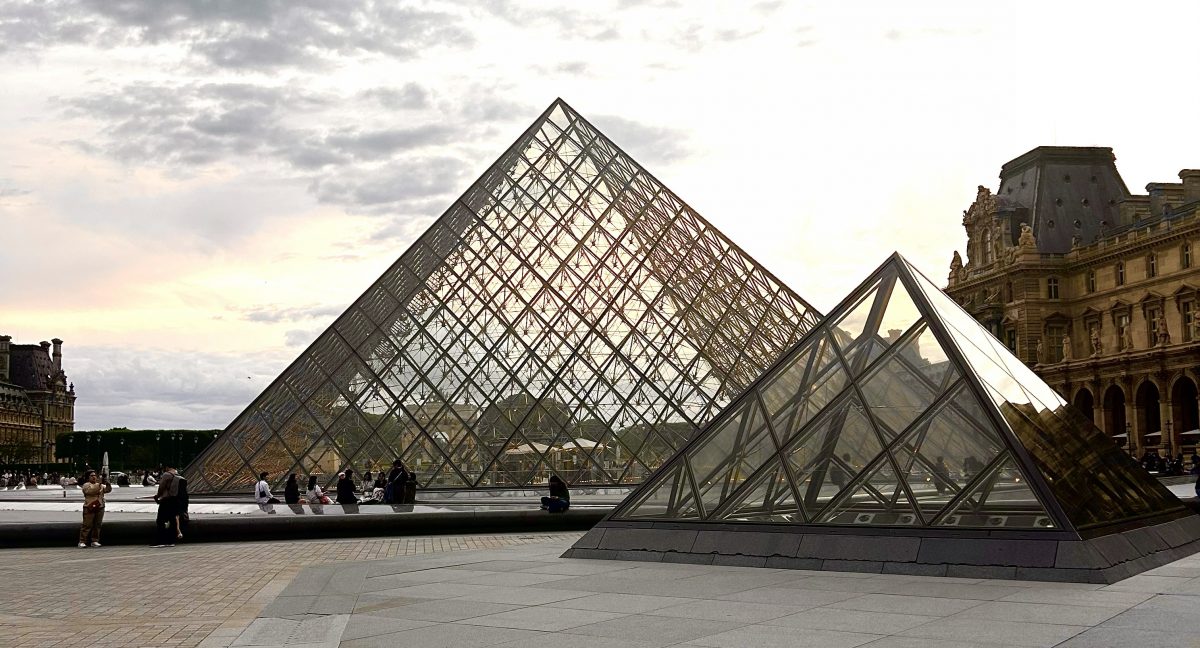
The Reaction
The world is divided into two opinions on the robbery: those who are upset to see beloved historical artifacts gone vs. those who don’t feel remorse for the loss of these items. This has to do with Europe’s history of colonization and stealing in several countries, including France. After all, France has stolen their fair share of artifacts. French colonial soldiers had stolen 26 works of art from Benin in 1892; these items were later returned over a century later in 2021. Some of these items had included royal thrones, warrior dance staffs, and the doors of the Palace of Abomey.
The now-stolen jewelry was a reminder of the wealth the upper class had in comparison to the rest of the country; the words “let them eat cake” might ring a bell. Others are almost proud of the robbers for getting away so quickly, especially with the “victimless” crime they have committed. Jokes are being made all over social media about the robbery; the idea that such a popular museum got robbed so easily is laughable to people all over the globe, with some saying these are the things they want to see in the news. France’s Republican senator, Jacques Grosperrin, states: “The whole world is shocked and we really don’t need this in France right now.”
But what does the Louvre’s director say? Laurence des Cars was questioned shortly after the incident by French senators about the robbery and how it came to happen under her watch. Des Cars told the press that “[d]espite our efforts, despite our hard work on a daily basis, we failed.” The robbery was deemed embarrassing and a failure on Des Cars’ part; she has even announced that she would resign if the people called for it. She admits to the lack of security cameras around the Louvre being a contributing factor to the success of the heist, as the only operating camera in the area was facing westward, allowing the robbers not to be seen originally. As for the glass cases, they were renovated in an effort to defend against the possibility of being hit with gunshots instead of the disc-cutter used in the robbery. Still, Des Cars says the glass was strong enough to make the robbers use their hands to grab the jewels, resulting in the crown being damaged.
The majority of the blame has gone to the management of the museum. Culture Minister Rachida Dati has called for Laurence des Cars’ resignation as her leadership underscored how effective the security systems are. She tells broadcaster M6, “Did anyone question the safety and security measures of these cultural institutions? I don’t think so. Likewise, we never really questioned the protection of the artworks themselves. Security has always focused on the public, far less on the works of art.”
Christopher Marinello, founder of Art Recovery International, believes the fact such an influential museum managed to get robbed sends a powerful message to all. The Louvre is well-funded and ranked the second best museum according to National Geographic; it’s one of the most well known symbols of France and their culture as Senator Nathalie Goulet tells BBC’s Today it was “a nail in the coffin” to how the French government is viewed amidst the countless strikes and protests the country has been witnessing over the mass tourism in the city of Paris.
As of right now, we’re left with far more questions than answers. What brought these robbers to take such valuable jewels in such a short amount of time? How does a place holding some of French history’s most valuable items get robbed in just seven minutes? Many might think it’s almost impossible to steal from a place such as the Louvre, and to that I say: Impossible n’est pas français.
What does that mean, you ask? “Impossible isn’t French.” A tremendous amount of evidence was found near the museum which police have been utilizing in the investigation. Needless to say, the robbers were messy in leaving behind DNA and allowed police to follow their trails. Enough for a few of the culprits to be caught within a matter of days. Does anyone else see a Netflix crime movie coming soon? Stay tuned for another part to this story coming soon!







